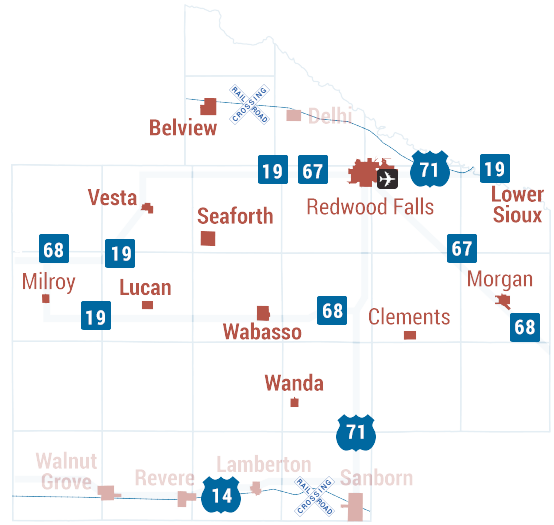U of M researcher says rural areas are seeing gains in population
Monday, April 27, 2015
By Troy Krause
Editor
Posted Apr. 28, 2015 at 12:01 AM
Every year a new group of students graduates from high school, and then those students from smaller, rural communities opt to leave their hometowns for what they believe are greener pastures.
After earning their degrees, the majority of those students are captivated by the bright lights of the big city and find well-paying jobs in more metro areas.
That loss for a community has been called the “brain drain,” and for years leaders in those small, rural communities have bemoaned that loss as another nail in the coffin.
After all, if a community can’t rely on the next generation to come back and take over the Main Street businesses and serve in community organizations, who will?
The answer, according to Ben Winchester, a senior research fellow at the U of M, is another age group that the data is showing are moving in to rural areas.
Winchester spoke at the Redwood Area Community Center in Redwood Falls Thursday night as part of an event hosted by the Tatanka Bluffs corridor. His message was clear. Rural areas are seeing an influx of people in the 30-49 age range, and that influx of people has been going on for years.
Winchester calls it the “brain gain,” because he believes those in that age group are coming with higher education and life experiences that make them an asset.
When a high-school student leaves, Winchester said, they go with little, if any, work experience and a high school education.
Having those 30-49 year olds in a community, he added, means gaining a group that is in the prime of its earning years.
When they come, those in that group traditionally do not come along. They come as a family, with an additional wage earner and children for local schools.
The threat of communities dissolving is a misnomer, said Winchester, as he said in the past 50 years there have only been three cities in the state that have dissolved. So, when people say the town will die without its hardware store, post office, school, etc. that just has not proven to be the case.
“Rural areas are changing, they are not dying,” said Winchester.
Mobility is a real issue nationwide, said Winchester, as he said between 1995-99 43 percent of Minnesotans moved, and in recent years many of them are moving out of the more metro areas to the suburbs and rural communities. Click here to read the complete article!
Category: (none)







.jpg)